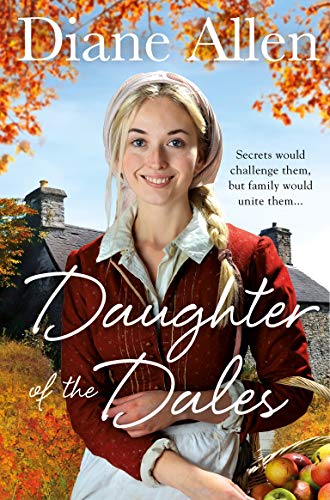Daughter of the Dales (Windfell Manor Trilogy)
The novel opens with the death in 1913 of Charlotte, formidable founder of the successful Atkinsons department stores. The stores are familiar to Allen’s readers from two earlier books, thus placing this one firmly in the saga genre. Allen was brought up and now lives in the Yorkshire Dales where the book is set, and the landscape and lives of Dales people come across authentically. She describes a vanished world before the cataclysm of war, in which large houses still had servants, and those servants belonged to dynasties as much as did their masters – a romance that crosses that divide ultimately drives the plot. Actual historical events play their part: for instance, a daughter campaigns for women’s suffrage, and the shadow of impending war hangs over the latter half of the book. With Charlotte’s death, there is the inevitable jockeying for power amongst the next generation – over the family business and property inheritance – and then family secrets start to work their way out.
Charlotte’s daughter Isabelle emerges as the first strong character, but the “daughter” of the title is Charlotte’s niece, Rose. She is an appealing character, and I wish we got to meet her properly earlier, rather than almost a quarter of the way through the novel. There is regular reiteration that for this reader could have been culled, but also some appealing turns of phrase, like “kick one of us and we all limp”. There are occasional cultural or historical mis-steps: a search for a Gypsy grandfather who abandoned his pregnant Gypsy wife is plausible, but at odds with the Romani attitude to family. And Rosie and her sweetheart buy second-class train tickets at a time when the choice was first or third. But the dénouement, Charlotte’s Christmas ball unravelling under the onslaught of family revelations, is immensely enjoyable.










